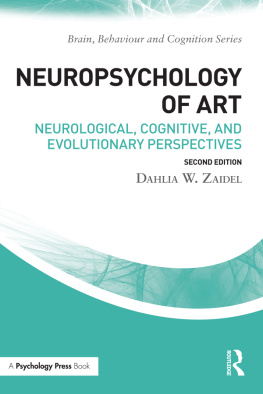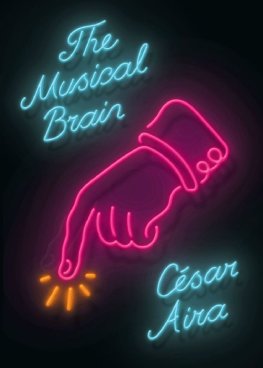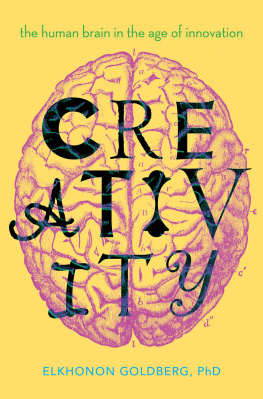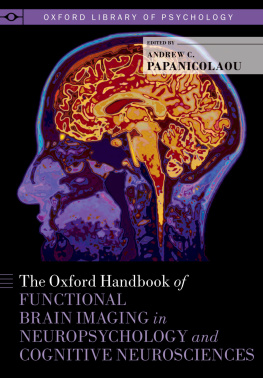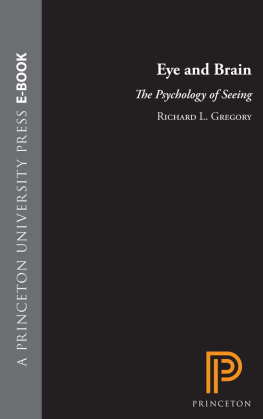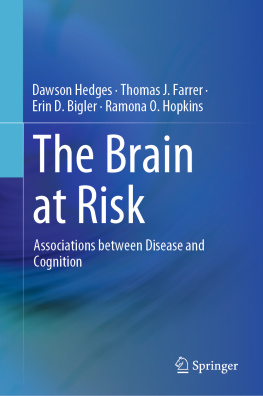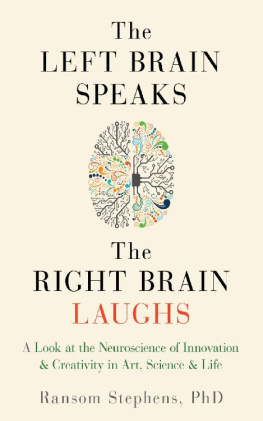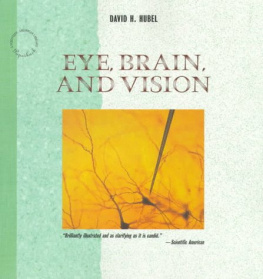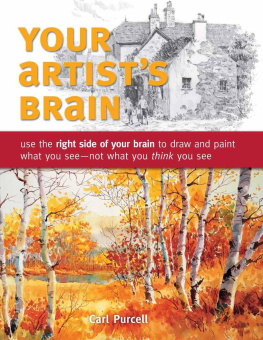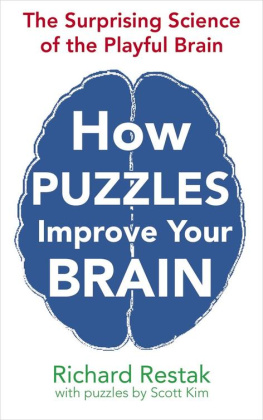From being an area primarily on the periphery of mainstream behavioural and cognitive science, neuropsychology has developed in recent years into an area of central concern for a range of disciplines. We are witnessing not only a revolution in the way in which brain-behaviour-cognition relationships are viewed, but also a widening of interest concerning developments in neuropsychology on the part of a range of workers in a variety of fields. Major advances in brain imaging techniques and the cognitive modelling of the impairments following brain injury promise a wider understanding of the nature of the representation of cognition and behaviour in the damaged and undamaged brain.
Neuropsychology is now centrally important for those working with brain-damaged people, but the very rate of expansion in the area makes it difficult to keep up with findings from the current research. The aim of the Brain, Behaviour and Cognition series is to publish a wide range of books that present comprehensive and up-to-date overviews of current developments in specific areas of interest.
These books will be of particular interest to those working with the brain-damaged. It is the editors intention that undergraduates, postgraduates, clinicians and researchers in psychology, speech pathology and medicine will find this series a useful source of information on important current developments. The authors and editors of the books in the series are experts in their respective fields, working at the forefront of contemporary research. They have produced texts that are accessible and scholarly. We thank them for their contribution and their hard work in fulfilling the aims of the series.
Chris Code and Glyn W. Humphreys
University of Exeter, UK, and University of Birmingham, UK
Series Editors
Brain, Behaviour and Cognition
Series editors: Glyn W. Humphreys and Chris Code
Published titles :
Milestones in the History of Aphasia: Theories and Protagonists
Juergen Tesak and Chris Code
Anomia: Theoretical and Clinical Aspects
Matti Laine and Nadine Martin
Classic Cases in Neuropsychology, Volume II
Chris Code, Yves Joanette, Andre Roch Lecours, and Claus-W. Wallesch
Category Specificity in Brain and Mind
Emer Forde and Glyn W. Humphreys
Neurobehavioural Disability and Social Handicap Following Traumatic Brain Injury
Rodger Ll. Wood and Tom McMillan
Developmental Neuropsychology: A Clinical Approach
Vicki Anderson, Julie Hendy, Elisabeth Northam, and Jacquie Wrennall
Developmental Disorders of the Frontostriatal System: Neuropsychological, Neuropsychiatric and Evolutionary Perspectives
John L. Bradshaw
Clinical and Neuropsychological Aspects of Closed Head Injury, Second edition
John T. E. Richardson
Transcortical Aphasias
Marcelo L. Berthier
Spatial Neglect: A Clinical Handbook for Diagnosis and Treatment
Ian H. Robertson and Peter W. Halligan
The Neuropsychology of Smell and Taste
G. Neil Martin
Social and Communication Disorders Following Traumatic Brain Injury, Second edition
Skye McDonald, Chris Code, and Leanne Togher
Clinical Perspectives on Primary Progressive Aphasia
Karen Croot and Lyndsey Nickels
Neuropsychology of Art: Neurological, Cognitive, and Evolutionary Perspectives, Second edition
Dahlia W. Zaidel
Contents
Aalto, S., Naatanen, P., Wallius, E., Metsahonkala, L., Stenman, H., Niemi, P. M., & Karlsson, H. (2002). Neuroanatomical substrata of amusement and sadness: A PET activation study using film stimuli. NeuroReport , 13, 6773.
Aboitiz, F. (2012). Gestures, vocalizations, and memory in language origins. Frontiers in Evolutionary Neuroscience , 4, 2.
Aboitiz, F., & Garcia, V. R. (1997). The evolutionary origin of the language areas in the human brain: A neuroanatomical perspective. Brain Research Reviews , 25, 381396.
Ackermann, H., Hage, S. R., & Ziegler, W. (2014). Brain mechanisms of acoustic communication in humans and nonhuman primates: An evolutionary perspective. Behavioral and Brain Sciences , 37, 529546.
Addante, R. J. (2015). A critical role of the human hippocampus in an electrophysiological measure of implicit memory. NeuroImage , 109, 515528.
Aiken, N. E. (1998). The biological origins of art . Westport, CT: Praeger.
Ainsworth, C. (2008). Stretching the imagination. Nature , 456, 696699.
Alajouanine, T. (1948). Aphasia and artistic realization. Brain , 71, 229241.
Alajouanine, T. (1963). Dostoiewskis epilepsy. Brain , 86, 209218.
Albert, M. L., Reches, A., & Silverberg, R. (1975). Hemianopic colour blindness. Journal of Neurology , 38, 546549.
Allman, J. M. (2000). Evolving brains . New York: Scientific American Library.
Alonso, R., & Pascuzzi, R. M. (1999). Ravels neurological illness. Seminars in Neurology , 19, 5358.
Altenmller, E. O. (2001). How many music centers are in the brain? Annals of the New York Academy of Sciences , 930, 273280.
Altenmller, E. (2015). Alexander Scriabin: His chronic right-hand pain and its impact on his piano compositions. Progress in Brain Research , 216, 197215.
Amabile, T. M. (2001). Beyond talent: John Irving and the passionate craft of creativity. American Psychologist , 56, 333336.
Amaducci, L., Grassi, E., & Boller, F. (2002). Maurice Ravel and right-hemisphere musical creativity: Influence of disease on his last musical works? European Journal of Neurology , 9, 7582.
Ambrose, S. H. (2001). Paleolithic technology and human evolution. Science , 291, 17481753.
Amedi, A., Merabet, L. B., Camprodon, J., Bermpohl, F., Fox, S., Ronen, I., Pascual-Leone, A. (2008). Neural and behavioral correlates of drawing in an early blind painter: A case study. Brain Research , 1242, 252262.

